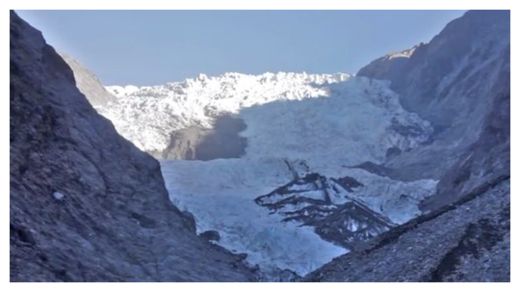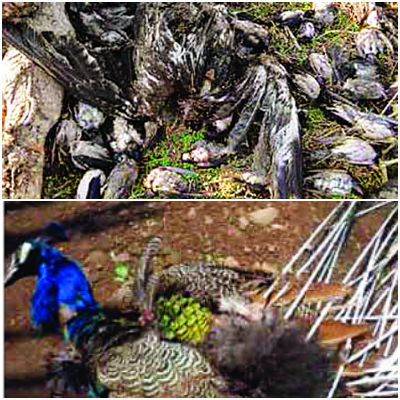
© Climate Change Dispatch.com
Dr. Christian Schlüchter's discovery of 4,000-year-old chunks of wood at the leading edge of a Swiss glacier was clearly not cheered by many members of the global warming doom-and-gloom science orthodoxy.
This finding indicated that the Alps were pretty nearly glacier-free at that time, disproving accepted theories that they only began retreating after the end of the little ice age in the mid-19th century. As he concluded, the region had once been much warmer than today, with "a wild landscape and wide flowing river."
Dr. Schlüchter's report might have been more conveniently dismissed by the entrenched global warming establishment were it not for his distinguished reputation as a giant in the field of geology and paleoclimatology who has authored/coauthored more than 250 papers and is a professor emeritus at the University of Bern in Switzerland.
Then he made himself even more unpopular thanks to a recent interview titled "Our Society is Fundamentally Dishonest" which appeared in the Swiss publication
Der Bund where he criticized the U.N.-dominated institutional climate science hierarchy for extreme tunnel vision and political contamination.
Following the ancient forest evidence discovery Schlüchter became a target of scorn. As he observes in the interview, "I wasn't supposed to find that chunk of wood because I didn't belong to the close-knit circle of Holocene and climate researchers. My findings thus caught many experts off guard: Now an 'amateur' had found something that the [more recent time-focused] Holocene and climate experts should have found."
Other evidence exists that there is really nothing new about dramatic glacier advances and retreats. In fact the Alps were nearly glacier-free again about 2,000 years ago. Schlüchter points out that "the forest line was much higher than it is today; there were hardly any glaciers. Nowhere in the detailed travel accounts from Roman times are glaciers mentioned."

Comment: See also: Tens of thousands of fish wash up on the east coast of Tasmania
Mass of spider crab shells wash up on Tasmania's east coast